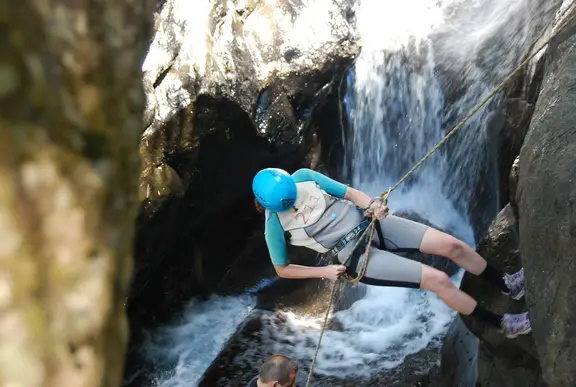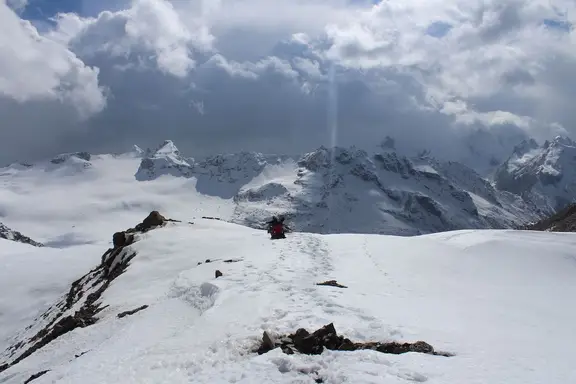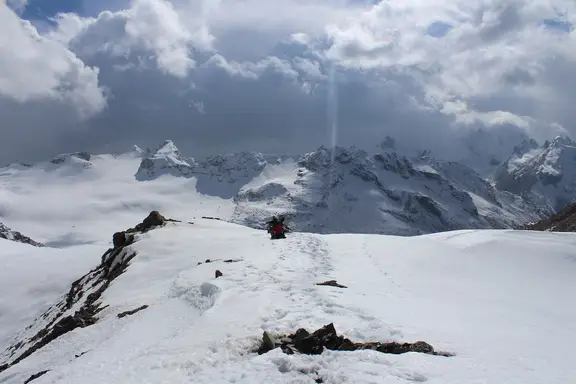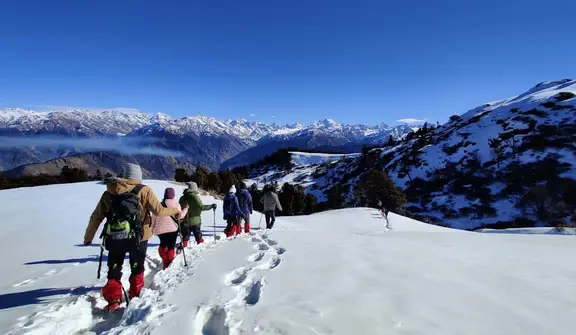How To Be A Responsible Trekker
"I go to nature to be soothed and healed, and to have my senses put in order"-John Burroughs

We undertake a trek to soothe our senses and get close to nature. Nature has the power to please, comfort, calm and nurture our soul-just being in the lap of nature can be therapeutic.
The Himalayas are the symbol of nature's gift to mankind, they dazzle you with myriad facets of nature such as snow-clad mountains, expansive meadows, tropical forests, glaciers, and exquisite fauna. With so much to offer, Himalayas are most certainly any trekker's paradise and beckon hordes of trekkers to its interesting terrain every year.
As a responsible trekker, it becomes our duty that we don't destroy what we came to enjoy. The need of the hours is to create awareness about keeping the fragile Himalayan landscape undisturbed.
Let's understand some important rules that will help preserve the natural ecology of this trekking haven without any further degradation-
- Fitness and experience- Be responsible for your health and fitness. Be self-reliant-take a wise decision if feeling under the weather- do not assume that you will always get help. Meet the minimum fitness criteria before undertaking the trek as any negligence may ruin your and your team's Himalayan odyssey.
- Respect the trekking staff and fellow mates- Make your expedition memorable by making good memories and everlasting friendships. This is achieved by being considerate, helpful and respectful towards your fellow mates and support staff.
- Abide by the rules- Each trekking terrain has some unique rules that should be respected. There might be some general rules that are common to all treks but there might be some trekking ethics unique to that particular area. Go through these rules properly and adhere to them.
- Tent etiquettes- Dry smelly clothes outside your tent. Keep your feet dry and maintain good hygiene to show respect to your tent-buddy.
- Carry earphones- Avoid speaking too loud or listening to loud music. Use earphones while listening to your favourite numbers lest you disturb the tranquil ambiance of the place.
- Garbage bags- Carry large garbage bags to collect trash throughout your trek and dispose it off responsibly after your trek is over. Be very careful about managing your trash as any leftover garbage may attract wild animals in addition to littering the environment. It is in the best interest that the waste is carried back to the base town or village where proper disposal system is available. It is advised to not throw any waste-do not even toss a banana peel or an apple in the trekking terrain-the delicate ecology of the area might not be conducive to these crops and may get invaded by pests and bugs due to this. If organic disposal system is available then bury organic waste at least 30 cm below the ground and at least 50 meters away from a water body.
- Limit plastic use- Carry as little plastic as possible as plastic recycling is a serious problem in India. Avoid taking instant noodles and other food items that have plastic packaging, opt for fresh local food instead. Carry dry fruits and energy bars for emergencies. Take a refillable water bottle instead of plastic bottles. Bring back all the plastic with you.
- Respect locals- The best reverence you can show towards the Himalayas is by respecting the locals and their culture. Be polite, courteous and appreciative. Show due respect to their religious sites and refrain from touching sacred objects. Be respectful towards porters, give them good food and a decent place to sleep. Ensure that they do not carry more than 25 kg. of weight.
- Respect flora and fauna- Do not disturb the exotic flora and fauna of the Himalayas. Avoid creating new trek-routes and new camping spots. Admire the lush greens and seasonal flowers and fruits-do not trample or pluck them-avoid feeding or scaring any animals and birds of the area. Do not pollute any natural resources like rivers, lakes, glaciers, and waterfalls. Be kind towards mules and ponies, ensure that they are not overloaded with luggage, watch out for any signs of discomfort or injury.
- Careful with fire- Avoid lighting fire until absolutely necessary. Carry stoves to cook food so that you don't use too much wood for the fire. If you still have to build a fire, have it as small as possible and ring it with rocks so that it doesn't spread. Douse it well and scatter the ashes all over the site-this is called 'naturalization'. Avoid smoking as even a small light can lead to disastrous forest fires.
- Nature's call- Use cat's pits (8 feet deep and 3 feet wide) for answering nature's call, cover the human waste with a good amount of sand or mud before leaving a campsite. Ensure that the cat pit is at least 50 meters away from any water body.
As they say, "small acts when multiplied by millions of people can transform the world"- mother nature provides all our needs, it's time we start to care for her. Our cumulative efforts can go a long way in preserving the virgin beauty of magical Himalayas.
Leave nothing but footprints. Take nothing but pictures.






